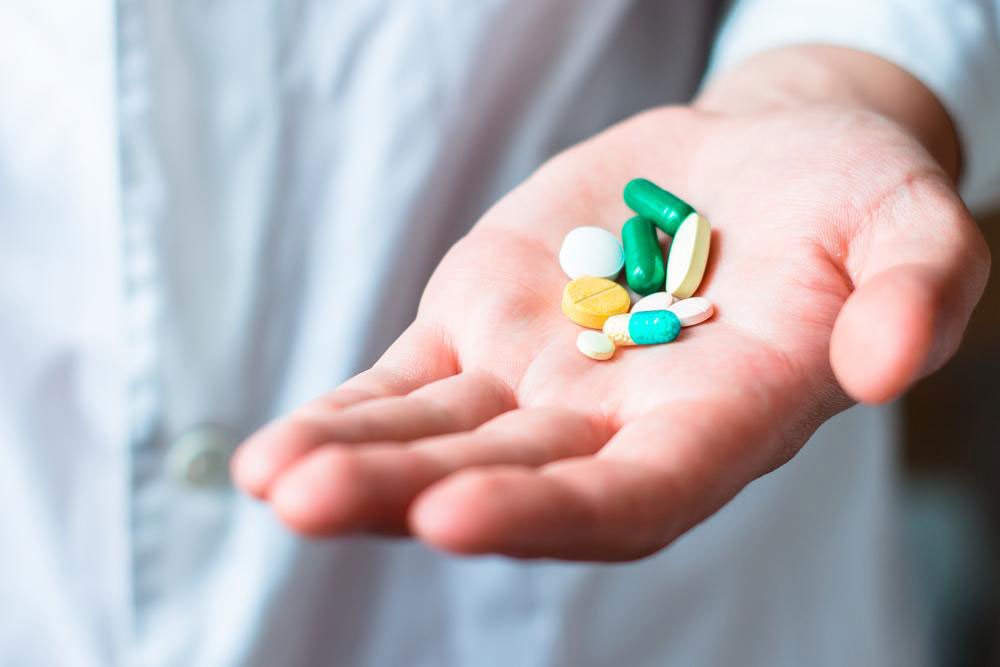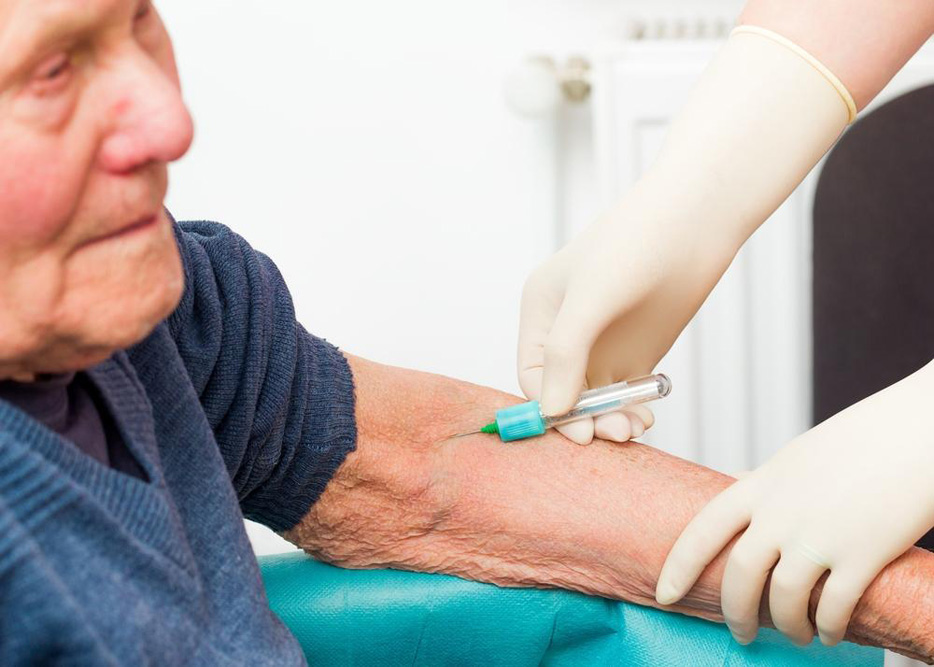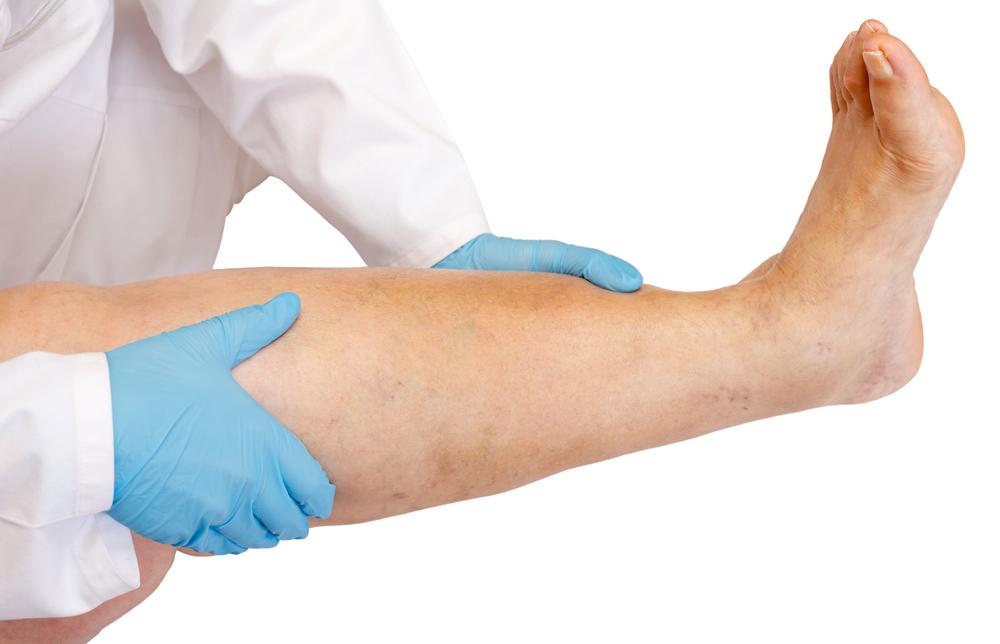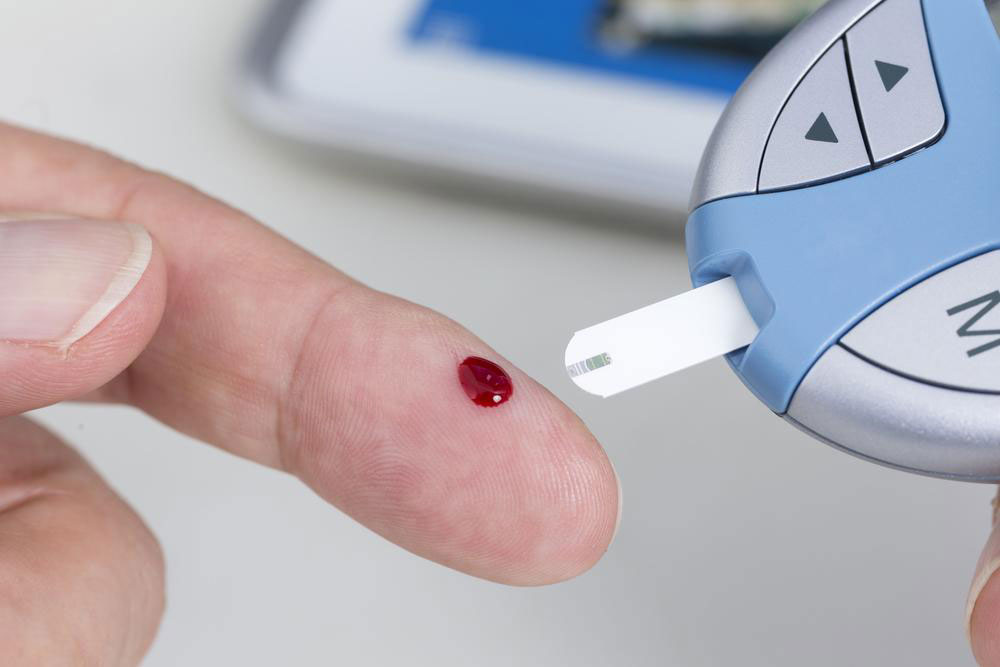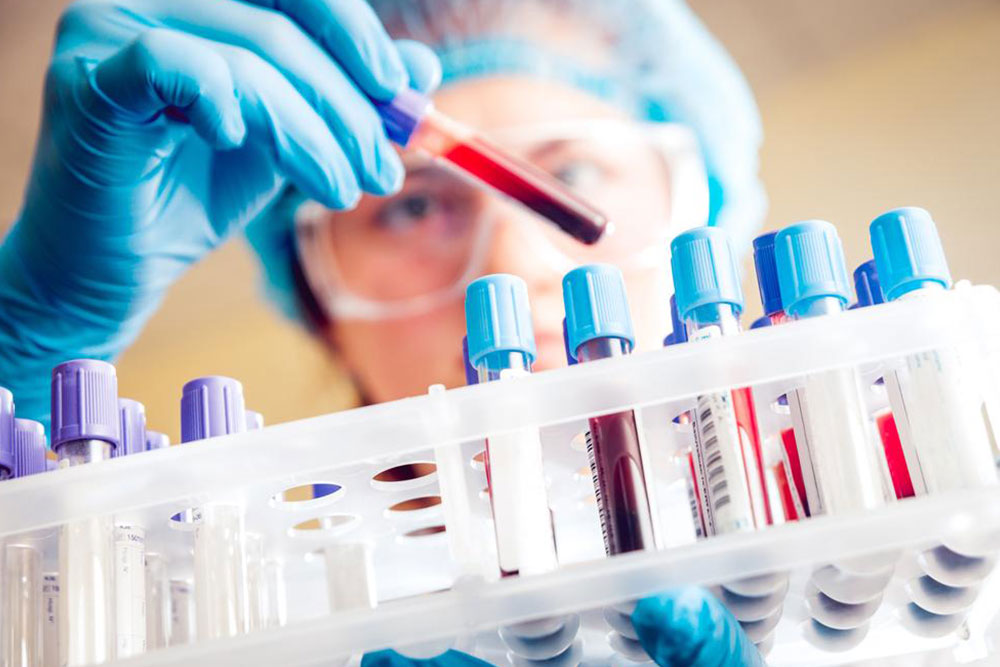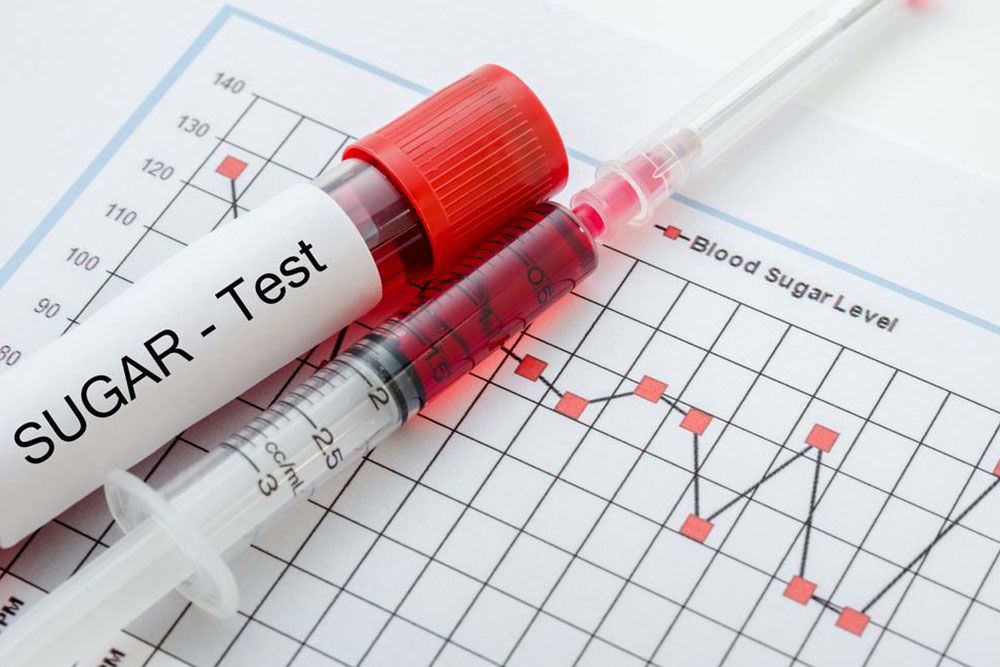Understanding Blood Thinners and Their Role in Preventing Clots
This article explains blood thinners, their types, uses, and potential side effects. It highlights the importance of understanding these medications for safe use, their role in preventing blood clots, strokes, and heart attacks. The piece offers guidance on precautions and emphasizes consulting healthcare providers before starting treatment. Designed for patients and the general public, it aims to increase awareness about blood thinner therapies and safety measures.
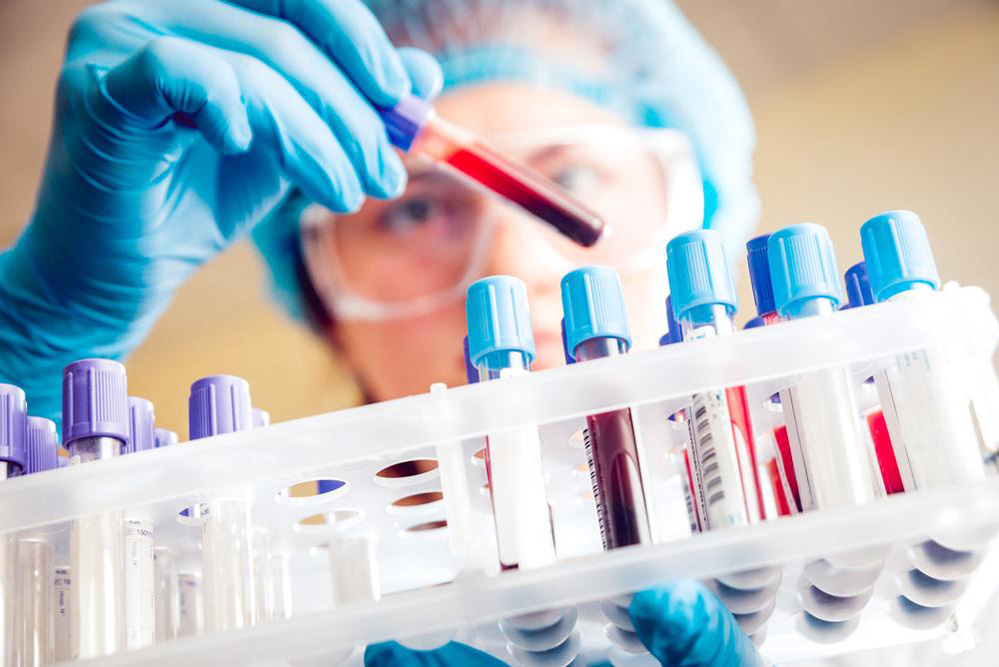
What Are Blood Thinners?
Blood thinners are medications that facilitate blood flow through arteries and veins by preventing the formation and enlargement of clots. They are primarily prescribed for heart conditions and disorders that increase clot risk. These drugs are effective in reducing strokes and heart attack incidents. While they may have side effects, their benefits often outweigh potential risks. It’s crucial to understand how these medicines work and their impact on your body before starting treatment.
Types of Blood Thinners:
Blood thinners are mainly classified into anticoagulants and antiplatelets. Anticoagulants inhibit the blood's ability to form clots. Examples include:
Dabigatran (Pradaxa)
Apixaban (Eliquis)
Fondaparinux (Arixtra)
Edoxaban (Savaysa)
Rivaroxaban (Xarelto)
Heparin (Innohep, Fragmin, Lovenox)
Warfarin (Jantoven, Coumadin)
Heparin and Fondaparinux are administered via injections or IV. Antiplatelet medications, such as:
Clopidogrel (Plavix)
Aspirin
Prasugrel (Effient)
Dipyridamole (Persantine)
prevent existing clots from growing, but do not dissolve them. They mainly stop new clots from forming.
These drugs do not thin the blood but inhibit its tendency to clot. Vitamin K plays a key role in producing clotting proteins. Anticoagulants reduce Vitamin K activity in the liver, thus hindering clot formation. Antiplatelets are milder and are used to prevent future clot formation by stopping platelets from sticking to vessel walls.
Side Effects and Precautions:While taking blood thinners, be cautious to avoid injuries, as bleeding risks increase. If injured, healing may be slower. Seek immediate medical help if you notice symptoms such as heavy menstruation, blood in urine or stool, nose or gum bleeding, vomiting, coughing blood, weakness, dizziness, severe headache, or stomach pain. Always consult your doctor regarding precautions and avoid foods high in Vitamin K, like leafy greens, unless advised otherwise. Never start new medications without medical approval.

